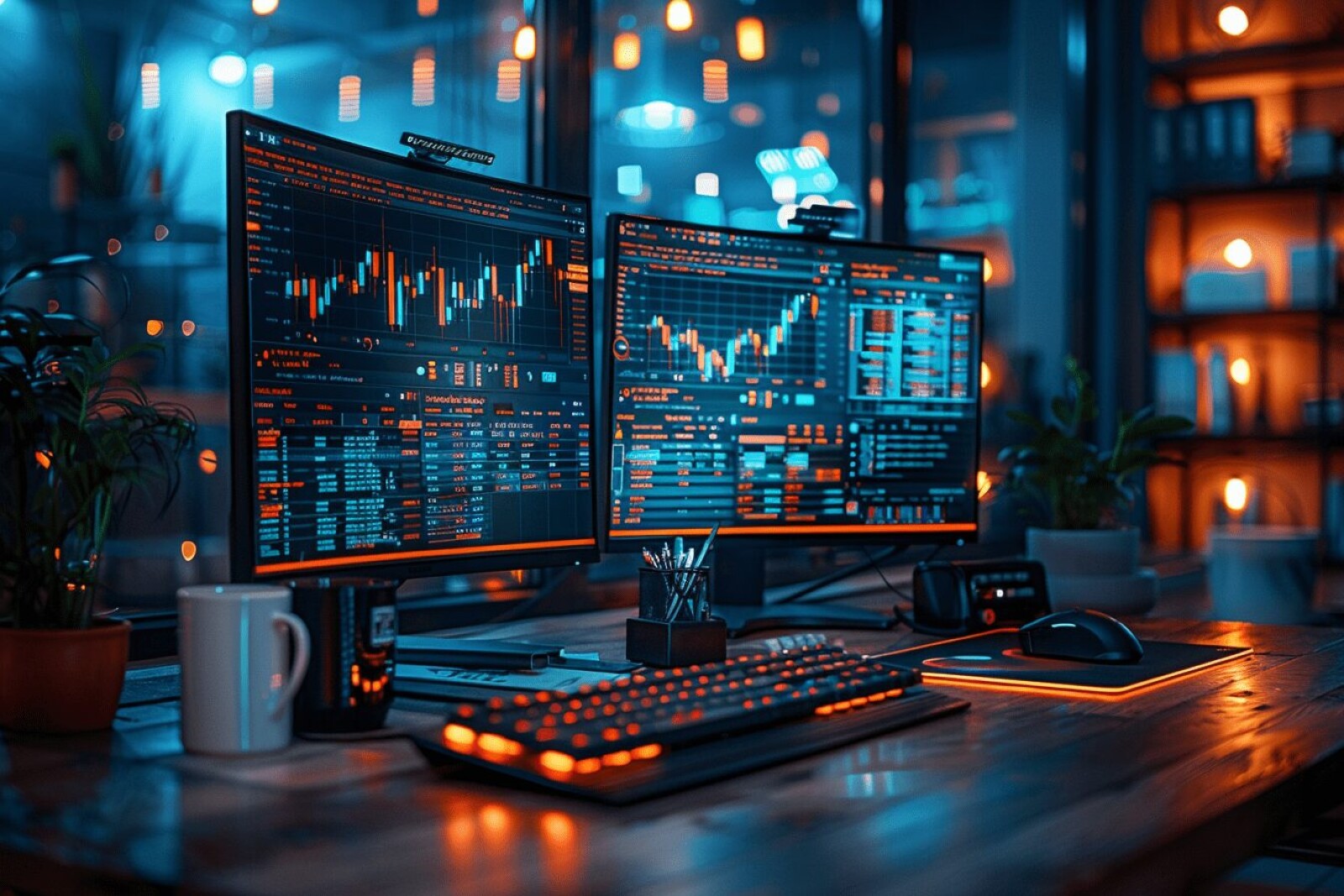
Mia Tokenhart
The Impact of NFTs on Traditional Art Galleries

The rise of NFTs is transforming the art world, and traditional art galleries are no exception. These digital tokens are reshaping how art is created, displayed, and sold, prompting galleries to adapt to the digital age. Here’s how NFTs are impacting traditional art galleries and what it means for the future of art curation.
Integrating NFTs into Traditional Galleries
Traditional art galleries are beginning to integrate NFTs into their offerings, combining physical and digital art experiences. This integration involves several approaches:
Hybrid Exhibitions: Galleries are hosting hybrid exhibitions that showcase both physical artworks and their NFT counterparts. This allows visitors to experience the art in person while also exploring the digital aspects.
Digital Art Displays: High-resolution screens and interactive displays are being used to exhibit digital art and NFTs in gallery spaces. These installations provide a dynamic and engaging way to present digital works.
NFT Drops and Auctions: Some galleries are organizing NFT drops and auctions, offering exclusive digital artworks to their collectors. These events attract a new audience of digital art enthusiasts and provide additional revenue streams.
Benefits for Galleries and Artists
The integration of NFTs offers several benefits for both galleries and artists, enhancing their reach and impact. Here are some key advantages:
Expanded Audience: NFTs attract a younger, tech-savvy audience interested in digital art and blockchain technology. Galleries can tap into this demographic, expanding their reach and increasing visitor engagement.
Increased Revenue: NFTs provide new revenue opportunities through digital art sales, royalties from secondary sales, and collaboration with digital artists. This diversification helps galleries stay financially robust.
Enhanced Artistic Expression: Digital art and NFTs offer artists new mediums and tools for creative expression. Galleries can showcase innovative works that push the boundaries of traditional art forms, enhancing their curatorial offerings.
Global Accessibility: NFTs enable galleries to reach a global audience, as digital artworks can be viewed and purchased from anywhere in the world. This accessibility breaks down geographical barriers and increases the gallery’s visibility.
Challenges and Adaptations
While the integration of NFTs presents exciting opportunities, it also comes with challenges that galleries must address:
Technological Infrastructure: Implementing digital displays, interactive installations, and blockchain integration requires investment in technology and infrastructure. Galleries need to ensure they have the necessary resources and expertise.
Education and Outreach: Educating traditional art collectors and visitors about NFTs and digital art is crucial. Galleries must provide clear information and support to help their audience understand and appreciate these new forms of art.
Authenticity and Provenance: Ensuring the authenticity and provenance of NFTs is essential to maintaining trust and credibility. Galleries must implement robust verification processes and work with reputable platforms to mitigate the risk of fraud.
Case Studies of Galleries Embracing NFTs
Several traditional art galleries have successfully embraced NFTs, setting examples for others in the industry. Here are a few notable case studies:
Pace Gallery: Pace Gallery, a leading contemporary art gallery, has launched Pace Verso, a platform dedicated to showcasing and selling NFTs. The gallery has collaborated with prominent digital artists and hosted NFT exhibitions, blending physical and digital art experiences.
Christie’s and Sotheby’s: These prestigious auction houses have embraced NFTs, hosting high-profile NFT auctions featuring works by renowned digital artists. Their involvement has brought significant attention and credibility to the NFT space, bridging the gap between traditional and digital art markets.
Superchief Gallery: Superchief Gallery, known for its focus on underground and emerging artists, has opened an NFT gallery in New York. The space features digital art displays and hosts regular NFT exhibitions, highlighting the work of digital creators.
The Future of Traditional Galleries and NFTs
The future of traditional art galleries and NFTs is intertwined, with continued innovation and collaboration expected. Here are a few trends to watch:
Virtual and Augmented Reality: Galleries will increasingly use virtual and augmented reality technologies to create immersive art experiences, blending physical and digital elements in new and exciting ways.
Blockchain Integration: More galleries will integrate blockchain technology to manage and verify art provenance, enhance security, and streamline transactions, ensuring transparency and trust.
Collaborative Exhibitions: Collaborations between traditional artists, digital creators, and technologists will become more common, resulting in hybrid exhibitions that explore the intersections of art, technology, and culture.
In conclusion, NFTs are significantly impacting traditional art galleries, prompting them to adapt and innovate in the digital age. By integrating digital art and NFTs into their offerings, galleries can expand their audience, increase revenue, and enhance artistic expression. As the industry continues to evolve, traditional galleries and NFTs will play complementary roles, enriching the art world and creating new opportunities for artists and collectors.














